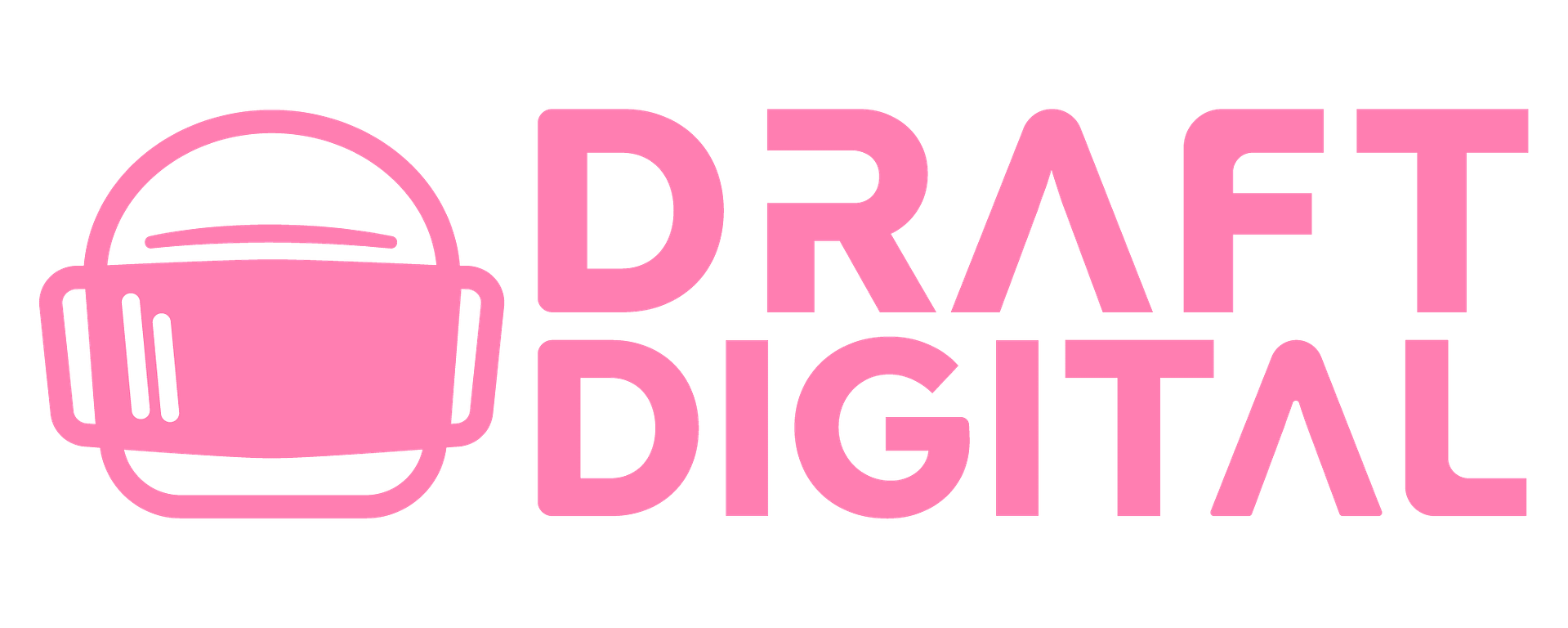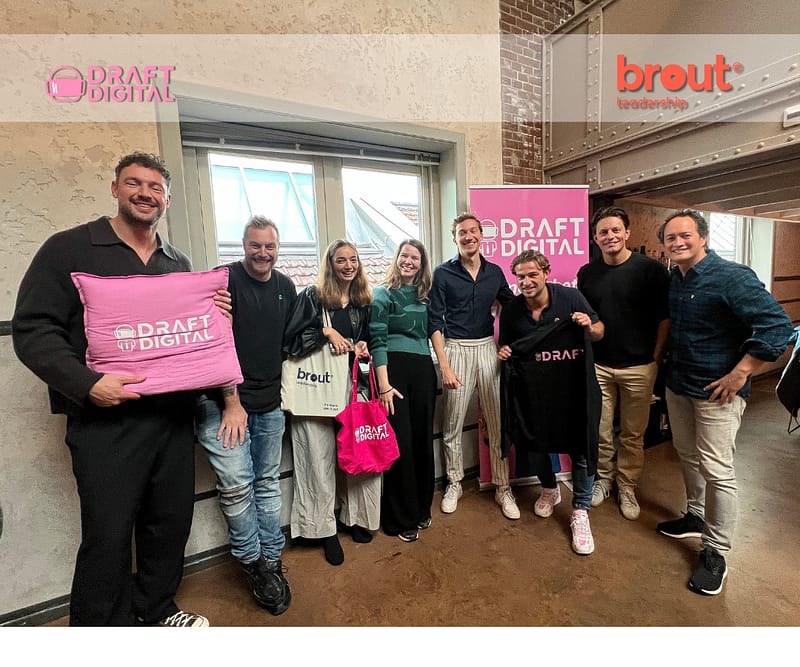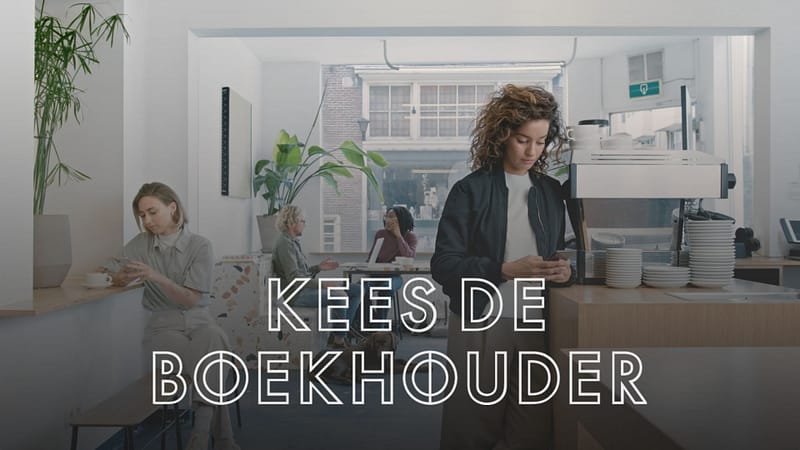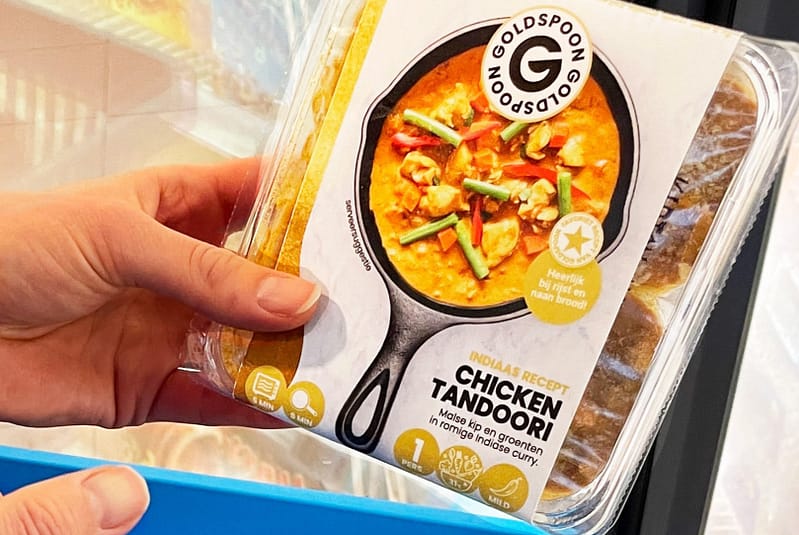Introduction
Kees de Boekhouder has been a trusted name for creative entrepreneurs for years, helping them manage their administration smartly. Although the brand has a strong presence in search, social advertising had never been structurally used as a conversion‑driven channel. That changed.
The Problem
Social channels such as Meta were previously used mainly on a campaign basis, without a clear distinction between the stages of the funnel. Objectives like reach, engagement, and conversion overlapped, as did the creatives and copy. This led to fragmentation and limited the effectiveness of social as a conversion channel.
In addition, we found that the best‑performing ads were not always being used, even though the creative accounted for between 47% and 70% of the impact (various sources including Nielsen Catalina, 2017, Think with Google – ABCD of Effective Creative, and Meta & Analytics Partners – The Role of Creative) contributes to the overall sales result.
The Solution
We restructured the entire social channel on Meta according to the See‑Think‑Do model, with content, copy, and campaign objectives carefully aligned for each phase. The key innovations:
- Conversion‑driven advertising: Do‑phase campaigns were given a clear lead‑generation objective instead of generic engagement or reach goals. In addition, standard tracking settings such as server‑side tracking were implemented so Meta could optimize more effectively.
- Smarter use of the algorithm: All placements were combined into a single ad set so that the algorithm could optimally determine where the content performed best.
- Creative iteration:Finally, it was crucial to always show the right creative to the right person. For this reason, the creative iteration program was introduced. In this program, different types of content were tested in a dedicated test campaign, and the best‑performing ads (winners) were moved to the main campaigns. These creative formats were then further integrated to prevent ad fatigue.
This approach was innovative because, for the first time, creative effectiveness was tested broadly and in an algorithm‑driven way. The focus was not on micro‑segmentation, but on finding winning formats that could be scaled across the entire funnel.
Example: Creative Testing Program
Results
The new approach had an immediate impact:
- Leads increased by +464
- Costs per lead decreased by -74%
- Reach grew by +185%
- CPM decreased by -36%
“The new structure and focus on creative effectiveness have made Meta a serious conversion channel for us. The difference from before is huge — we are now getting real results from social.”
Daniël Muller — Head of Growth Kees de Boekhouder
Next steps
The next phase will focus on further developing creative testing so that even more scalable formats can be deployed. Currently, a relatively large amount of “user‑generated content” is already being used, but the ambition is to scale this up even further, potentially using AI.
In addition, a link has been made between HubSpot and our attribution platform BillyGrace, so that in the future we can also optimize for actual customers. This will help us avoid irrelevant hooks that generate many leads but no sales.







